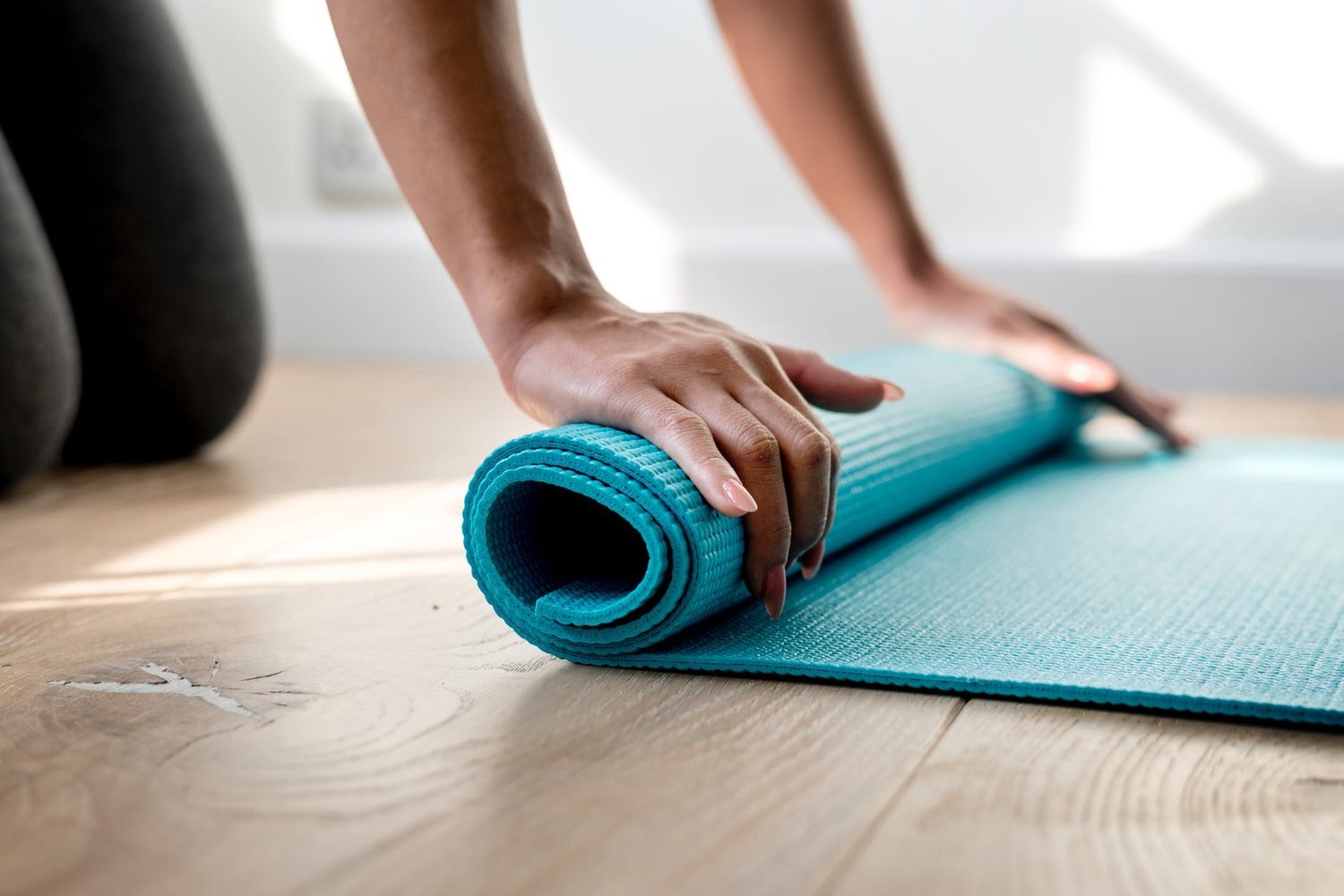A Different Reason to Practice Yoga
Do you practice yoga? In 2016, the Yoga Alliance reported that 36.7 million Americans practice yoga. That’s 15% of the adult population!
As yoga becomes more and more popular in our culture, remember: yoga and meditation can support each other! Learn to meditate, and you’ll find practicing yoga more and more beneficial. If you already meditate, you can challenge your meditation practice with the movement sequences in a yoga class. No matter your level of experience, there are numerous benefits of combining yoga and meditation.
Some people go to yoga because of the physical and mental health benefits. Yoga can help you lose weight, become more flexible, or deal with stress at work. Others go mainly because they simply like the physical practice. While these are all great reasons to do yoga, I attend yoga classes for a different reason: to practice and simultaneously deepen my yoga and meditation practice.
One of the goals of meditation practice is to have an increasingly strong and consistent awareness of your body sensations. This awareness can make it easier to work with pain or other uncomfortable body sensations. Body awareness also allows you to notice that emotions are something you feel in your body — something that many people in our culture are not trained to notice. Feeling our emotions in our body makes them less overwhelming, and more informative.
One of the benefits of yoga and meditation coming together is that yoga is an excellent tool to establish and increase bodily awareness. It can help you to establish awareness of your whole body, as well as an important part of both yoga and meditation practices: the breathing process.
Doing yoga changes your breath. Your breathing might get faster and heavier, or you might start holding your breath. These are challenges that don’t usually occur during seated meditation practice. Accordingly, practicing yoga and meditation simultaneously is an excellent opportunity to notice important changes in breathing and learn how to cultivate calm, healthy, and continuous breathing.
Yoga is also an excellent way to do what Shinzen calls “practice in life”: bringing the skills and benefits of mindfulness to real situations in your everyday life. One of the most challenging aspects of practice in life is movement. If you usually practice meditation while sitting, it can be hard to maintain sensory clarity, concentration power, and equanimity while moving. In yoga, however, you need to move, but you are encouraged to move mindfully. By combining yoga and meditation together, then, you push yourself to balance both movement and concentrated mental clarity into one practice.
For me, the benefits of yoga and meditation have been great. As a meditator, when I attend a yoga class, I put just enough attention on the physical postures to move in and out of the routine with the rest of the class and save the rest of my attention for keeping track of the state of my mind and body.
Consider bringing your meditation practice with you to your next yoga class. Go a little early, or plan to leave a little late so you can set aside time to do a formal meditation practice. Use your mindfulness techniques during the class to procure the best benefits of yoga and meditation combined. If you get distracted, can you challenge yourself to bring your attention back? How does your body feel in a challenging yoga pose or sequence? Does watching your breath as you move between postures make you notice anything interesting or different? By bringing yoga and meditation together, you might just find something new for your daily practice.



